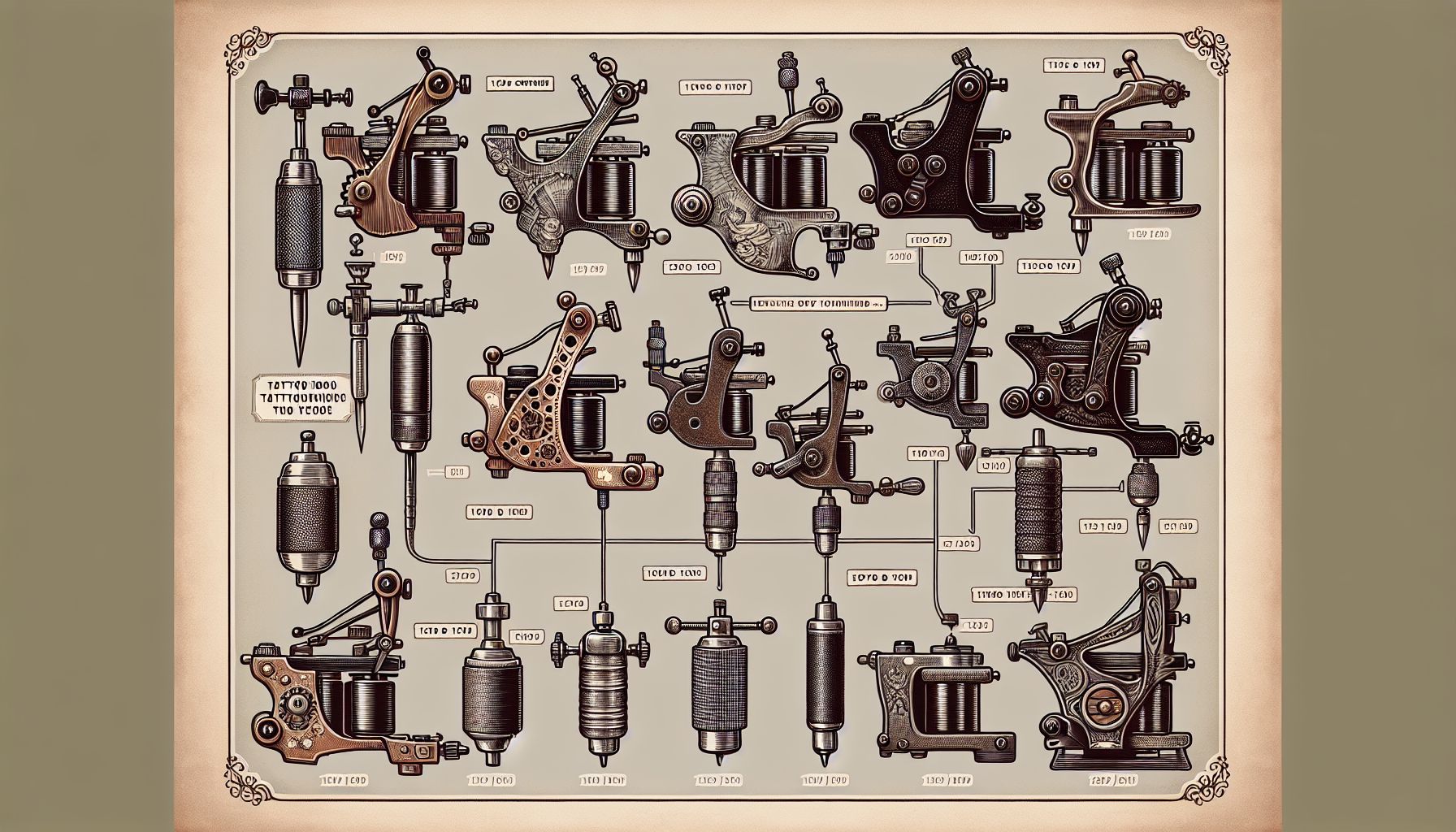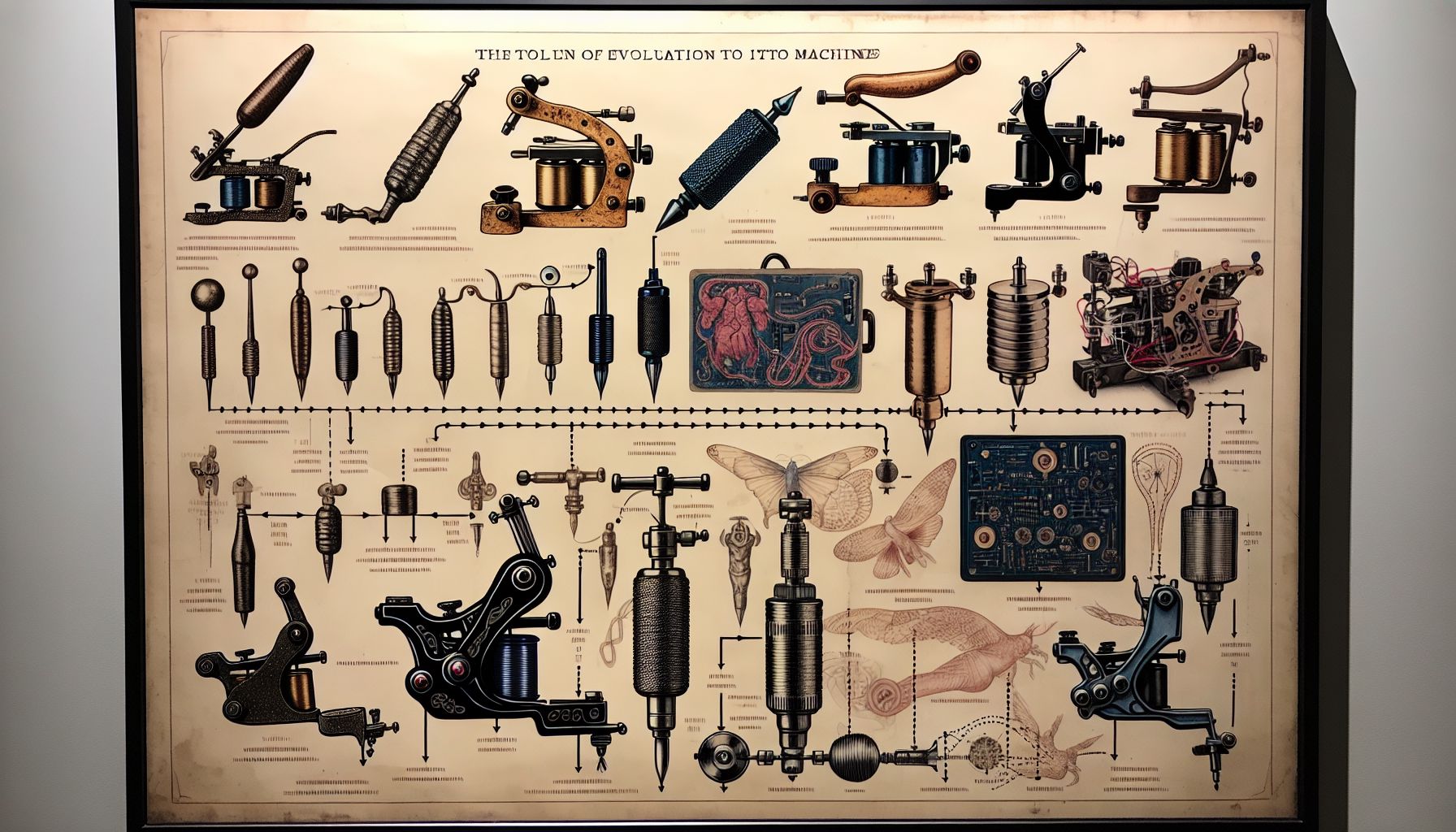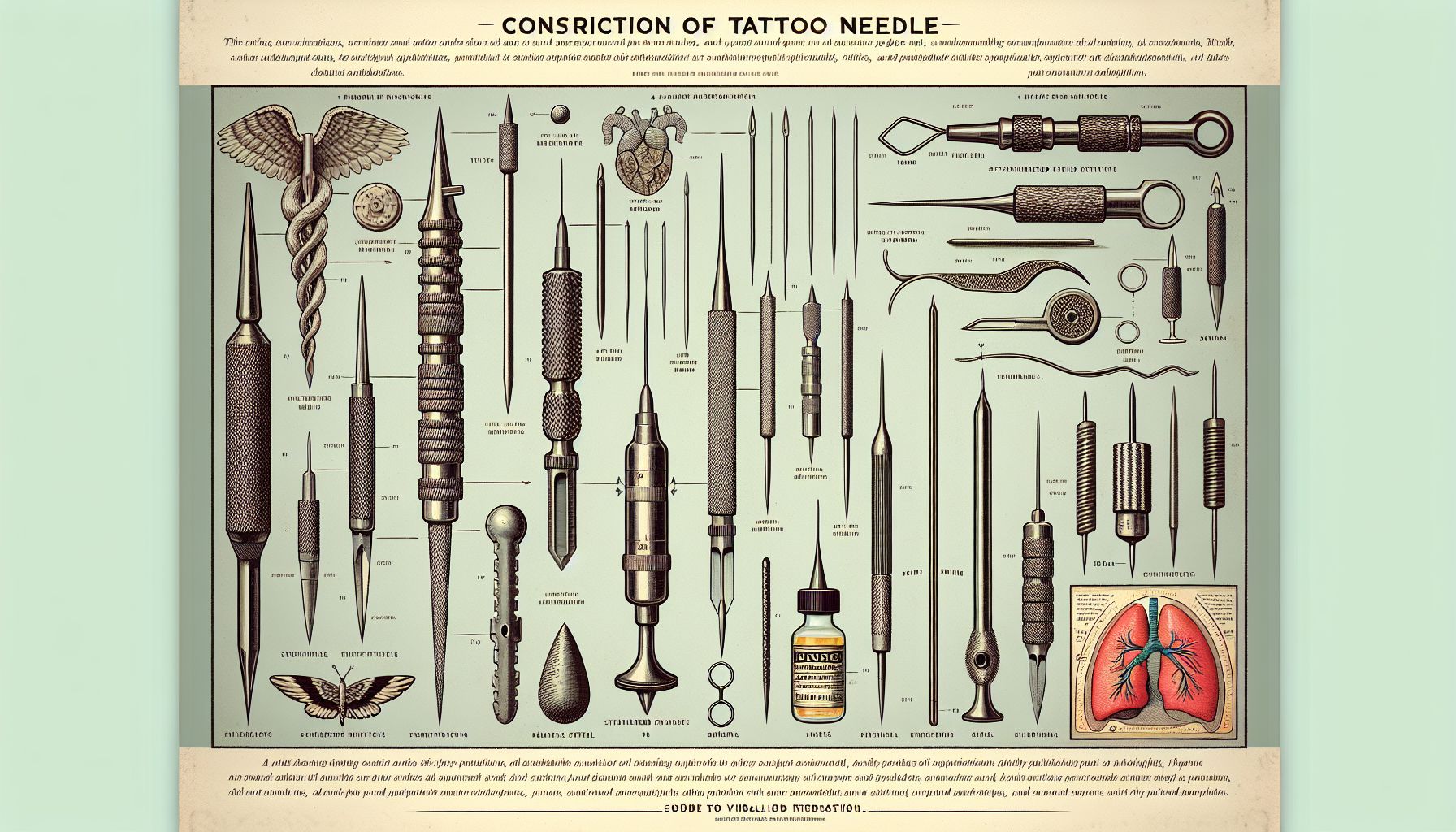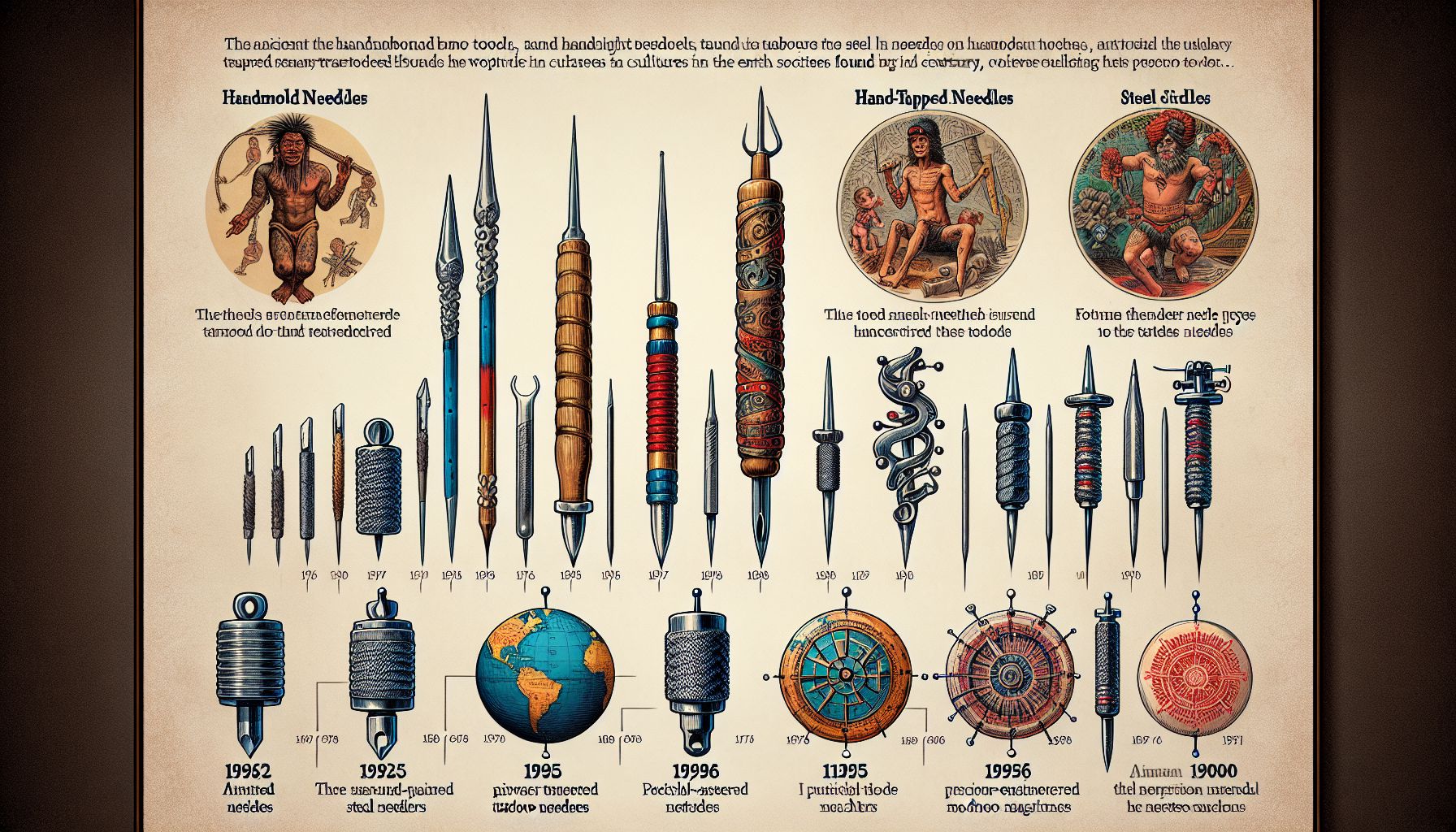Tattooing is an art form that traces its roots back thousands of years, evolving through the ages not only in style and symbolism but also through the tools and techniques used to create these indelible marks. As a veteran in the tattoo industry, the cornerstone of our craft has always been the tattoo machine. It’s the primary instrument that has transformed the way we ink skin, bringing ideas to life in vibrant hues and intricate details. Today’s post delves into the heart of tattoo supplies: the tattoo machine. From its humbling beginnings to the cutting-edge technology we use now, we’ll explore its evolution, the different types available, and how to choose the right one for your practice.
In the early days of tattooing, artists had to rely on primitive methods such as using bone, wood, or other natural materials to insert pigment into the skin. The invention of the electric tattoo machine by Samuel O’Reilly in 1891 revolutionized the art of tattooing, leading to more refined lines, consistent shading, and reduced pain and healing times.
Over the years, tattoo machines have undergone numerous transformations. We started with the heavy, cumbersome coil machines which were the backbone of the industry for decades. The unmistakable buzz of a coil machine firing up still resonates with a sense of nostalgia, transporting us back to the roots of modern tattooing. These machines use an electromagnetic circuit to move the needle up and down and can be finely tuned for lining or shading work. However, they require consistent maintenance, a good understanding of machine mechanics, and can be quite unforgiving in inexperienced hands.
Then came the rotary machines. Initially, these were viewed with skepticism, but they’ve proven to be a game-changer. Operating on a simple motor that spins in a circular motion, rotaries are lighter, quieter, and more versatile than their coil counterparts. They provide an even, cyclical needle movement that’s gentler on the skin, making them a popular choice for both newbies and seasoned tattooists.
In more recent years, we’ve seen the emergence of pneumatic tattoo machines, which run on compressed air, and digital tattoo machines, which offer an unprecedented level of precision and control. These advancements speak to the ever-evolving landscape of tattoo supplies, a testament to the craft’s fusion with technological innovation.
Now, let’s get a bit more granular. Within the world of tattoo machines, there’s an ecosystem of variety. There are machines built specifically for lining, ones born to shade, and all-rounders that adapt to the artist’s needs. The art is in understanding your technique and finding the machine that complements it.
I remember my first switch from a coil to a rotary machine—it was a revelation. The steadiness of the rotary’s movement allowed me to create smoother lines and more even shades. It was a bit like swapping out a manual transmission for an automatic; the ease of use was undeniable. But as with any tool, it’s not about which is empirically better, but which is better for you and your style of tattooing.
Choosing the right tattoo machine starts with a good grasp of the basics, but it’s also essential to look ahead. The real trick lies in predicting which trends will stick, which innovations will truly enhance your work, and what will be the most comfortable for you over long periods of use.
For instance, pen-style rotaries are currently very popular. Their ergonomic design emulates the feel of a thick pen, offering a familiar grip that’s easy on the hands during lengthier sessions. However, they may not be well-suited for every artist. Some traditionalists still prefer the heft and balance of a coil machine—and that’s perfectly fine.
Maintenance is another critical aspect of selecting and owning tattoo machines. A well-maintained machine can last years, even decades. It’s exciting to see newer models designed with ease of maintenance in mind, with modular parts that can be cleaned or replaced effortlessly.
In accommodating the surge of interest in tattooing and the influx of new artists into the industry, manufacturers have innovated in both function and form. Today’s tattoo machines feature versatile designs, from sleek, minimalist aesthetics to custom-built machines that are practically works of art in themselves.
As a supplier of tattoo supplies, understanding the nuances of each machine and being able to match them to an artist’s needs is part of the service. The connections forged over machines and inks often run deep in our close-knit community. The personal stories of artists’ favorite pieces of equipment, their first machine, or the one that got away, mirror the emotion and passion embedded in the tattoos they create.
In conclusion, the tattoo machine is more than just a tool; it’s the extension of the artist’s hand. Its evolution mirrors the progress of tattoo artistry itself—always adapting, improving, and pushing boundaries. When choosing a machine, it’s about weighing functionality with comfort, and innovation with your unique style. Remember, the right tattoo supplies aren’t just about what’s trending. They’re about what enables you to bring your art to life on the canvas of skin. Whether you’re a newcomer or a seasoned artist, the journey with your machine is one of the most significant relationships you’ll have in your career—choose wisely and never stop learning.



